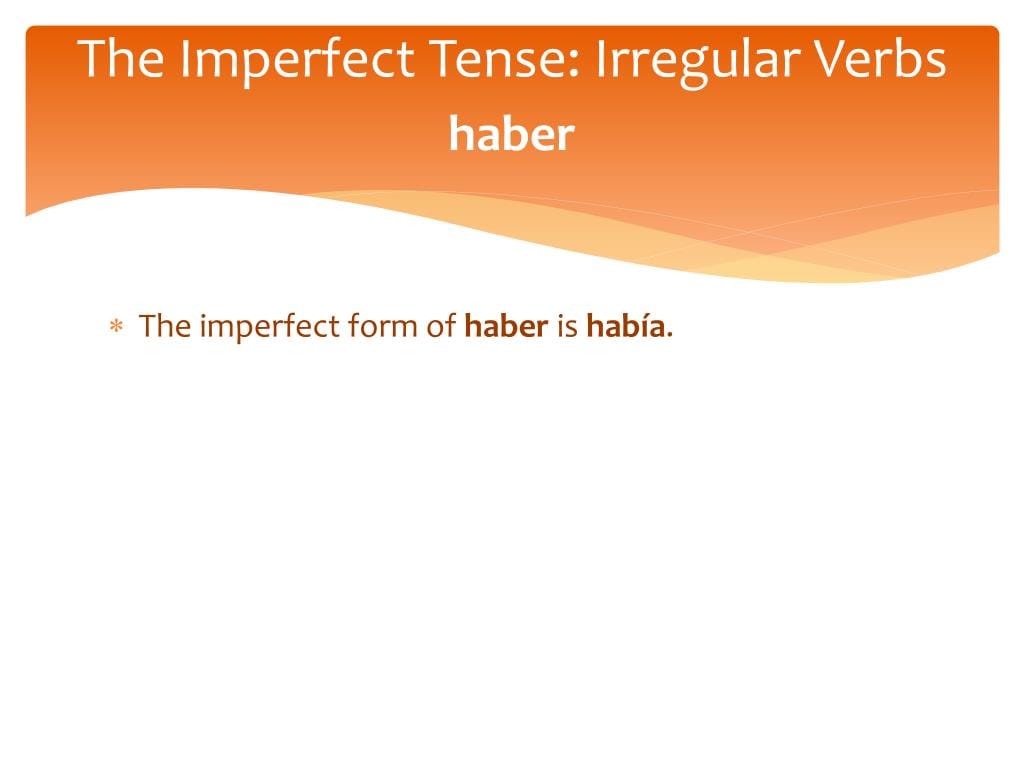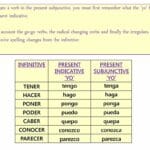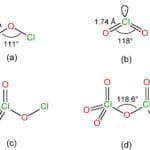Spanish grammar can be challenging, and the imperfect tense of the verb “haber” (to have) often proves particularly tricky for learners. However, mastering this tense is crucial for achieving fluency and expressing past events with the necessary nuance and accuracy. This comprehensive guide will equip you with the tools and understanding needed to confidently use the imperfect “haber” in your Spanish conversations and writing.
Conquer the Imperfect Haber: A Practical Guide
This guide will take you beyond simple conjugation, exploring the versatile roles of the imperfect “haber” and equipping you with the practical skills to use it effectively. We’ll cover its use as both an auxiliary verb and an impersonal verb, clarifying common points of confusion. Ready to level up your Spanish?
I. Conjuring the Imperfect Indicative of Haber: The Fundamentals
First, let’s master the basic conjugations. Think of these as the building blocks for more complex sentence structures. The table below shows both positive and negative forms of the imperfect indicative:
| Pronoun | Positive Imperfect Haber | Negative Imperfect Haber |
|---|---|---|
| yo (I) | había | no había |
| tú (you – informal) | habías | no habías |
| él/ella/usted (he/she/you – formal) | había | no había |
| nosotros (we) | habíamos | no habíamos |
| vosotros (you all – Spain) | habíais | no habíais |
| ellos/ellas/ustedes (they/you all – formal/Latin America) | habían | no habían |
This is a foundation you will build upon as we explore more advanced applications.
II. Unlocking the Past Perfect (Pluscuamperfecto): Before the Past
The true power of the imperfect “haber” is revealed when forming the pluscuamperfecto tense. This tense describes an action that happened before another action in the past, adding crucial context to your narratives. For example: “Había comido antes de ir al cine” (I had eaten before going to the movies). The “había comido” construction demonstrates the imperfect “haber” working in conjunction with the past participle (comido) to create a clear timeline.
III. Mastering the Impersonal Había: Setting the Stage
The pronoun “yo” (I) isn’t always necessary with “había.” Used impersonally, it sets the scene for a past event, creating a vivid picture. For instance: “Había mucha gente en la fiesta” (There were many people at the party) paints a scene without naming a specific actor. This suggests a general atmosphere or state of affairs.
IV. Navigating the Imperfect Subjunctive of Haber: Adding Nuance
The imperfect subjunctive of “haber” adds depth and complexity, particularly helpful for past hypotheticals, wishes, or doubts. The conjugations are shown below:
| Pronoun | Positive Imperfect Subjunctive Haber | Negative Imperfect Subjunctive Haber |
|---|---|---|
| yo (I) | hubiera | no hubiera |
| tú (you – informal) | hubieras | no hubieras |
| él/ella/usted (he/she/you – formal) | hubiera | no hubiera |
| nosotros (we) | hubiéramos | no hubiéramos |
| vosotros (you all – Spain) | hubierais | no hubierais |
| ellos/ellas/ustedes (they/you all – formal/Latin America) | hubieran | no hubieran |
This form, often used to create the pluscuamperfecto de subjuntivo, allows for expressing hypothetical past events. For example: “Si hubiera sabido, no habría ido” (If I had known, I wouldn’t have gone).
V. Clearing Up Confusion: Había, Hubo, and Hay
Let’s address a frequent source of confusion among learners: the distinction between había, hubo, and hay. While all related to “to have” or “there is/are,” they represent different tenses:
| Verb Form | Tense | Example | Translation |
|---|---|---|---|
| hay | Present | Hay muchos libros. | There are many books. |
| hubo | Preterite | Hubo una fiesta. | There was a party. |
| había | Imperfect | Había muchos árboles. | There were many trees. |
Grasping these subtle differences dramatically improves fluency and accuracy.
VI. Avoiding Common Mistakes: Practice and Precision
Many learners struggle with consistent tense usage and subject-verb agreement. Careful attention to these details ensures clear and correct communication. Some common mistakes include the incorrect use of the imperfect compared to the preterite, and overlooking agreement between the past participle and the subject pronoun. Consistent practice is essential for mastery.
VII. Exercises to Solidify Your Understanding
The following exercises will help you put your knowledge into practice:
Exercise 1: Fill in the blanks with the correct form of the imperfect haber.
- _ muchos gatos en la calle. (There were many cats in the street.)
- Ella _ estudiado francés antes de viajar a París. (She had studied French before traveling to Paris.)
- Nosotros _ comido cena cuando llegaron nuestros amigos. (We had eaten dinner when our friends arrived).
Exercise 2: Translate the following sentences into Spanish.
- I had already slept when the phone rang.
- There was a beautiful garden in front of the house.
- They had finished their homework before playing video games.
(Answer key: Detailed answers and further practice exercises are readily available through numerous online Spanish learning resources.)
VIII. Ongoing Learning: Refining and Expanding Your Skills
Mastering the imperfect “haber” requires consistent practice and engagement with the language. While this guide offers a strong foundation, remember that ongoing learning is crucial for true fluency. Continue practicing through conversations, reading, and writing, building upon the foundation you’ve established here. The more you immerse yourself in the language, the more natural and confident your use of the imperfect “haber” will become. There is ongoing research into the nuances of the Spanish language, and your understanding may evolve as new studies emerge. Remember to regularly review and expand your knowledge.
- Longtown, UK: Your Complete Guide to History, Accommodation, and Activities - November 29, 2024
- Hexham Bus Station: Times, Routes & Amenities Guide - November 29, 2024
- How to Attract Dragonflies: Create a Thriving Habitat in Your Garden - November 29, 2024















